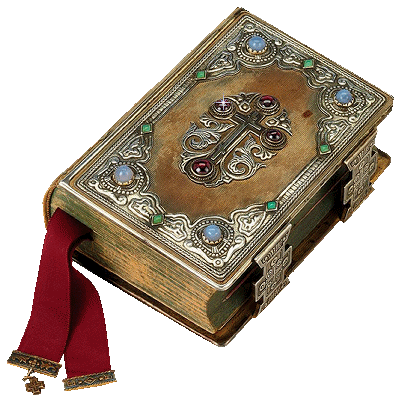 |
Orthodox Outlet for Dogmatic Enquiries | Digital Books |
|---|
UNIA: The Face and the Disguise
4. The genesis of the Holy Inquisition
The ever-increasing power of the Pope and the peaking of the theocratic, Papal-Caesarian system (9th – 12th centuries) led to the despicable intolerance of the Latin “Church” and the exhaustive persecution of dissidents, who were characterized en masse as “heretics”. This precise endeavour to weaken and exterminate them was what gave birth to the terrible Tribunal of the Holy Inquisition (from the verb inquirere, which implies the specific search for culprits). The beginnings of the Holy Inquisition are located in the time of Charlemagne and his successors (9thcentury), but its actual operation was left in the hands of the “Church”. Those opposed to Papal-Frankish authority were slaughtered without any hesitation, as “enemies of the State”. Of course it has not been fully clarified if the “Church” had participated in these crimes from the very beginning; however, as far as their continuation is concerned, there is no need to ask such a question. The involvement of the Latin “Church” in the execution of sentences must have started very early, because with the conquest of the episcopal throne of Old Rome by the Franks (11thcentury), the Frankish Popes and Bishops – all of them military men (as were the Priors of the Monasteries as a rule) and all of them members of the Frankish feudal hierarchy – had aligned their missions with the defending of the interests of the Frankish State.
The Papist inquisitional bureau was named “Sanctum Officium”. In this way, the Holy Inquisition came into the hands of the Papacy and in charge of it were placed bishops or special Delegates; Soon after, special Inquisitors were appointed (either Franciscan or Dominican monks). It has furthermore been ascertained that the Holy Inquisition was the forerunner of the terrorism in the French (1789) and the Bolshevik (1917) Revolutions, as well as the Crimes of Fascism and Nazism.
The Conciliar, that is to say, the “ecclesiastic”, recognition of the Holy Inquisition – its solidification into an institution – came about gradually, during the time of Innocent III (1198-1216), in the years 1205, 1206, 1212 and mainly during the 4th Lateran Synod (1215), and was finalized in 1233 during the time of Pope Gregory IX. It was during the time of Pope Innocent IV (1243-1254) that the implementation of torture became an institution (recognized ecclesiastically). The operations of the Holy Inquisition spread to Italy-Southern France-Spain (where the Romaic element was more robust) and somewhat less in England and Germany. Jews, Muslims, “heretics” (i.e. Christian-Romans) and later Protestants were systematically persecuted. The “return” of all these peoples to Papism was likewise handled by the Holy Inquisition.
____________
Article published in English on: 13-12-2008.
Last Update: 4-11-2014.